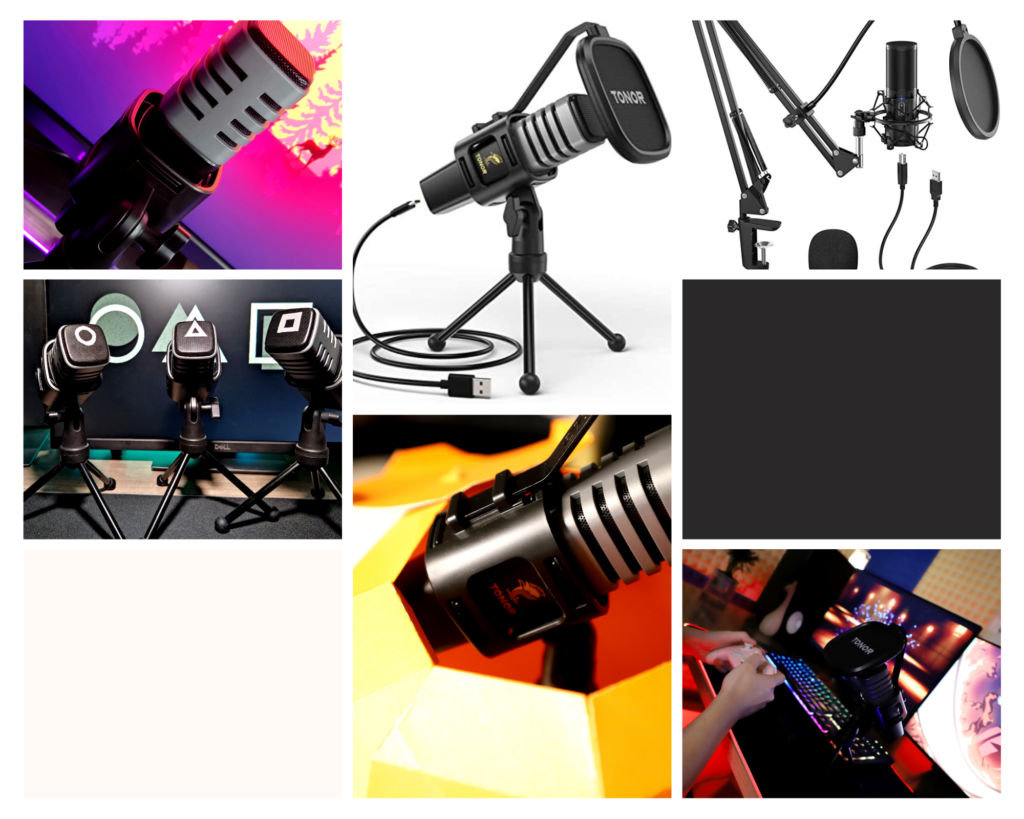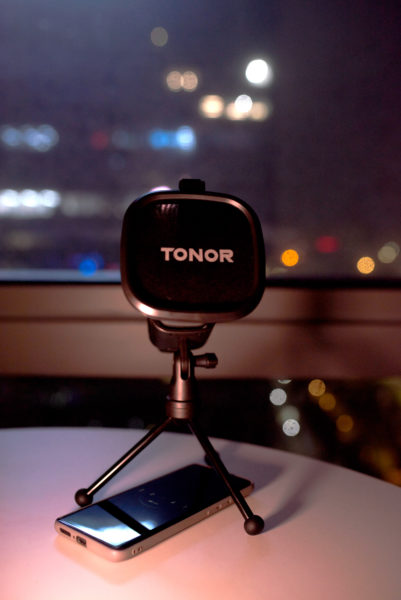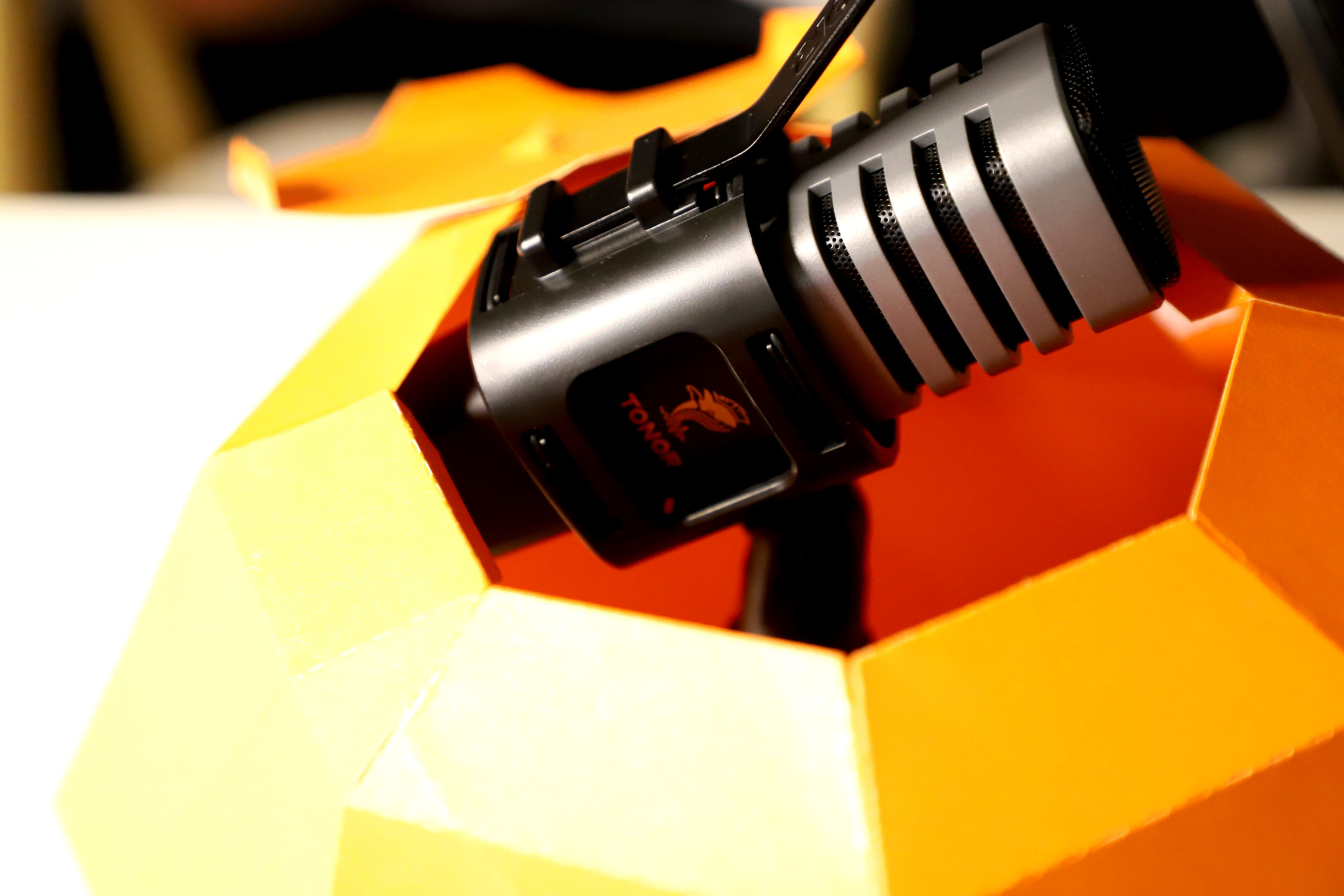Are you looking for the best microphone to buy? Unfortunately, it’s not always easy to figure out what you need and how to get the greatest microphone. For various uses, there are varying needs. This detailed buyer’s guide will walk you through everything you should think about before buying a microphone.
Analyze Your Requirements
When purchasing any microphone, the first step is to determine exactly what is required. Different microphones have highly different features, and different applications have quite different needs. The basic kind of microphone may be selected by matching the requirements to the properties of the microphone. Then it’s only a matter of examining the various requirements and selecting the microphone that best fits the application.
Types of Microphones
 When purchasing a microphone, it is beneficial to consider the many types of microphones available. The following are the most common microphones used for podcasting, live broadcasting, and gaming.
When purchasing a microphone, it is beneficial to consider the many types of microphones available. The following are the most common microphones used for podcasting, live broadcasting, and gaming.
- Dynamic microphone– These are perfect for live performances of all kinds.
- Condenser microphone– These are ideal for use in a home studio. These delicate, precise microphones bring out the best in instruments and vocals.
- USB microphone– These connect to your computer. Podcasters and other digital content makers will love them.
- Wireless microphones are ideal for entertainers and presenters who need to move around and interact with the audience. Handheld, headsets, and clip-on are examples of form factors.
Decide On Your Budget
When purchasing your first microphone, your budget is a major consideration. So before you go shopping, figure out what your budget is. You’ll get the most bang for your buck this way. Higher-end microphone manufacturers, such as TONOR, have a wide range of great microphones. Other brands are available for more budget-conscious purchasing and can provide exceptional value.
Intended Application of the Microphone
 Consider the intended uses of the microphone before choosing the one to purchase. Many scenarios need the usage of microphones, and as a result, there are many different microphone types to choose from. Here’s a quick rundown of popular options for common applications.
Consider the intended uses of the microphone before choosing the one to purchase. Many scenarios need the usage of microphones, and as a result, there are many different microphone types to choose from. Here’s a quick rundown of popular options for common applications.
- Studio vocals & voiceover: Consider the large-diaphragm condenser microphone.
- Live vocals & voice: A dynamic microphone with wireless connectivity is ideal.
- Film, television, videos, etc.: Consider purchasing a wireless lavalier microphones and shotgun microphones.
- Instruments: Use a wide range of condenser, dynamic, and ribbon microphones.
- Web-based communications: Consider buying a USB microphone.
Microphones Specifications to Look For
 Let’s go through the primary things to look for when picking a microphone for live streaming now that you know what a basic streaming setup looks like. These are some of the parameters:
Let’s go through the primary things to look for when picking a microphone for live streaming now that you know what a basic streaming setup looks like. These are some of the parameters:
- Frequency response
- Polar pattern
- Connection method
- Pop filter
Accessories
Pop filters, shock mounts, and adjustable arms or stands are all included with certain microphones. Shock mounts operate as a secure “nest” for the microphone, preventing external sounds and vibrations from going up the mic stand. Pop filters minimize sibilant sounds, removing harshness from particular pronunciations, such as those heard in words beginning with “p,” and protecting the microphone from excessive saliva. Adjustable arms and stands are highly handy since they allow the microphone to move in a wider range of motion. These ensure that you are comfortable speaking and speaking at the appropriate angle for the greatest sound quality.
What Are You Recording?
Are you primarily intending to record speech sounds and dialogue? Do you intend to record music regularly? Are there any specific noises you’d want to record, such as bird songs or other natural sounds? The objective of these sorts of questions is to get you to consider the frequency spectrum of the sounds you’ll be capturing in comparison to the frequency response of your microphone. Some microphones are better at picking up high-frequency sounds, while others excel at low-frequency sounds. Speech frequencies normally range from roughly 250Hz to 6 kHz as a guide.
Final Note
Good, old-fashioned research is one of the most useful things you can do when choosing a microphone. Inquire about other people’s microphones, read professional audio reviews, and customer-written reviews on our website. Another option is to stay with well-known firms that produce professional microphones, such as TONOR. TONOR’s audio recording equipment is of the highest and highest quality, and it’s all within your budget. You can visit Amazon TONOR store and look at the best TONOR microphones available here.
